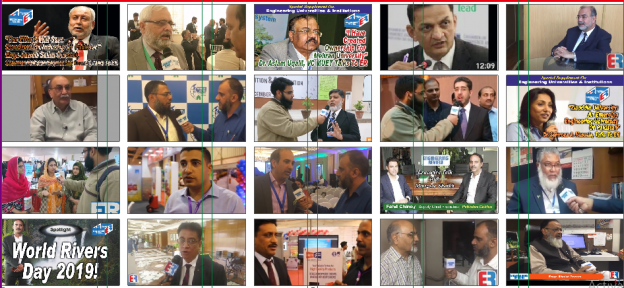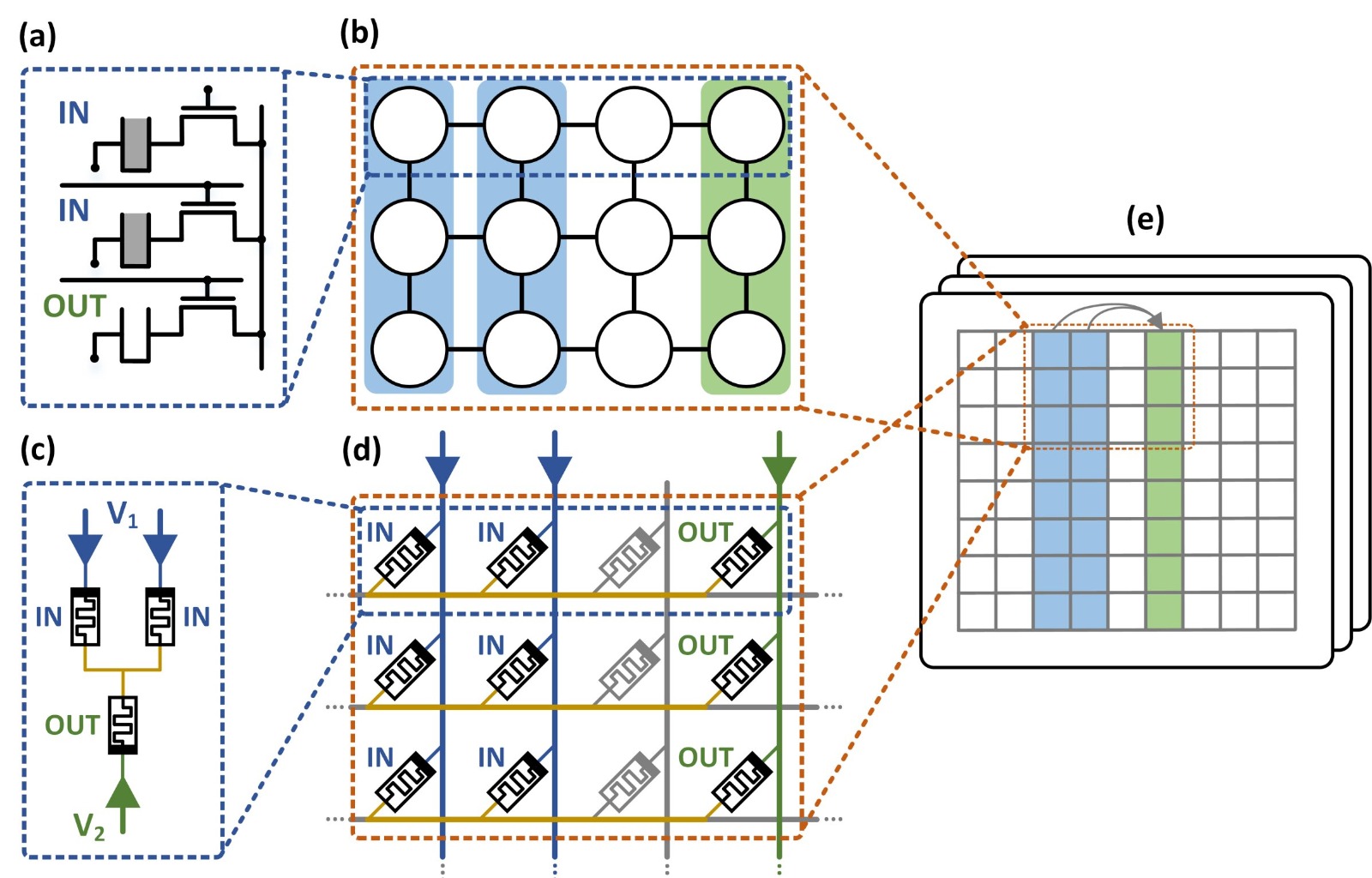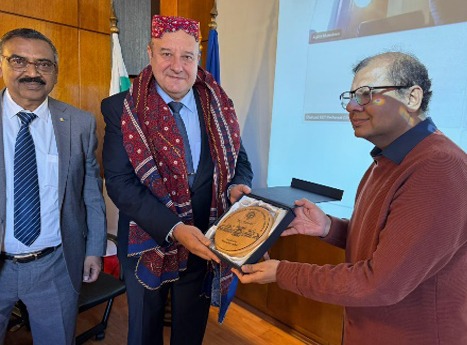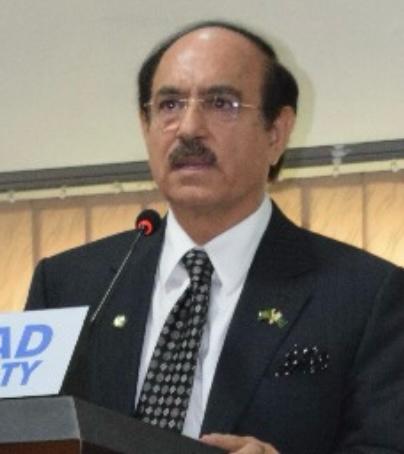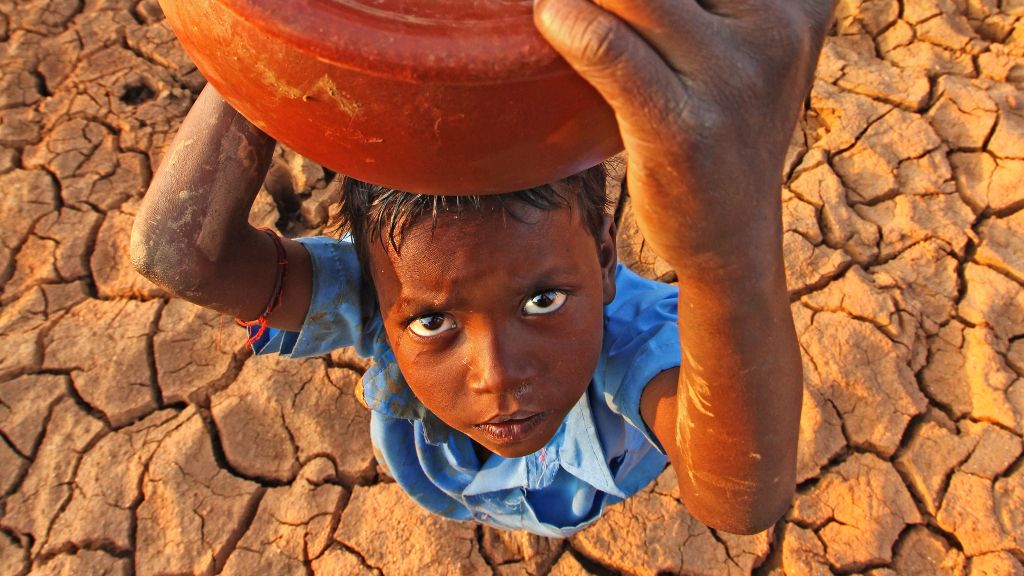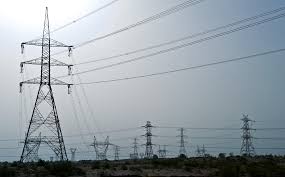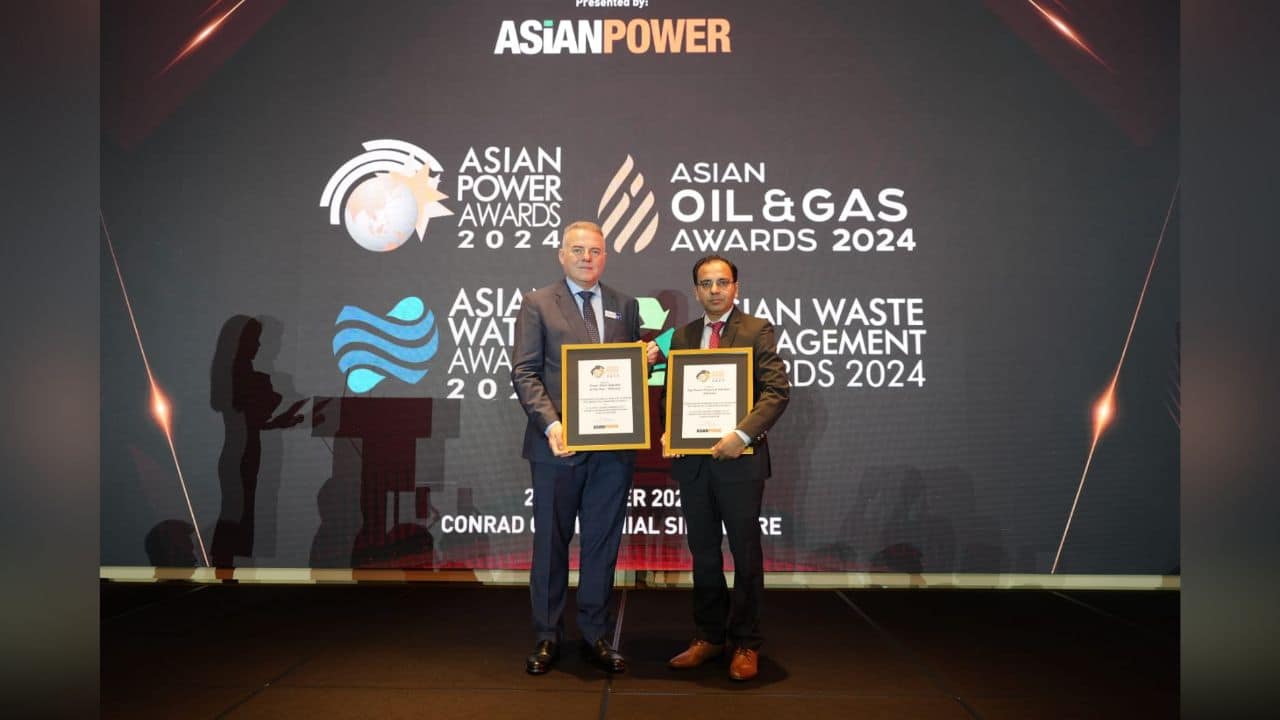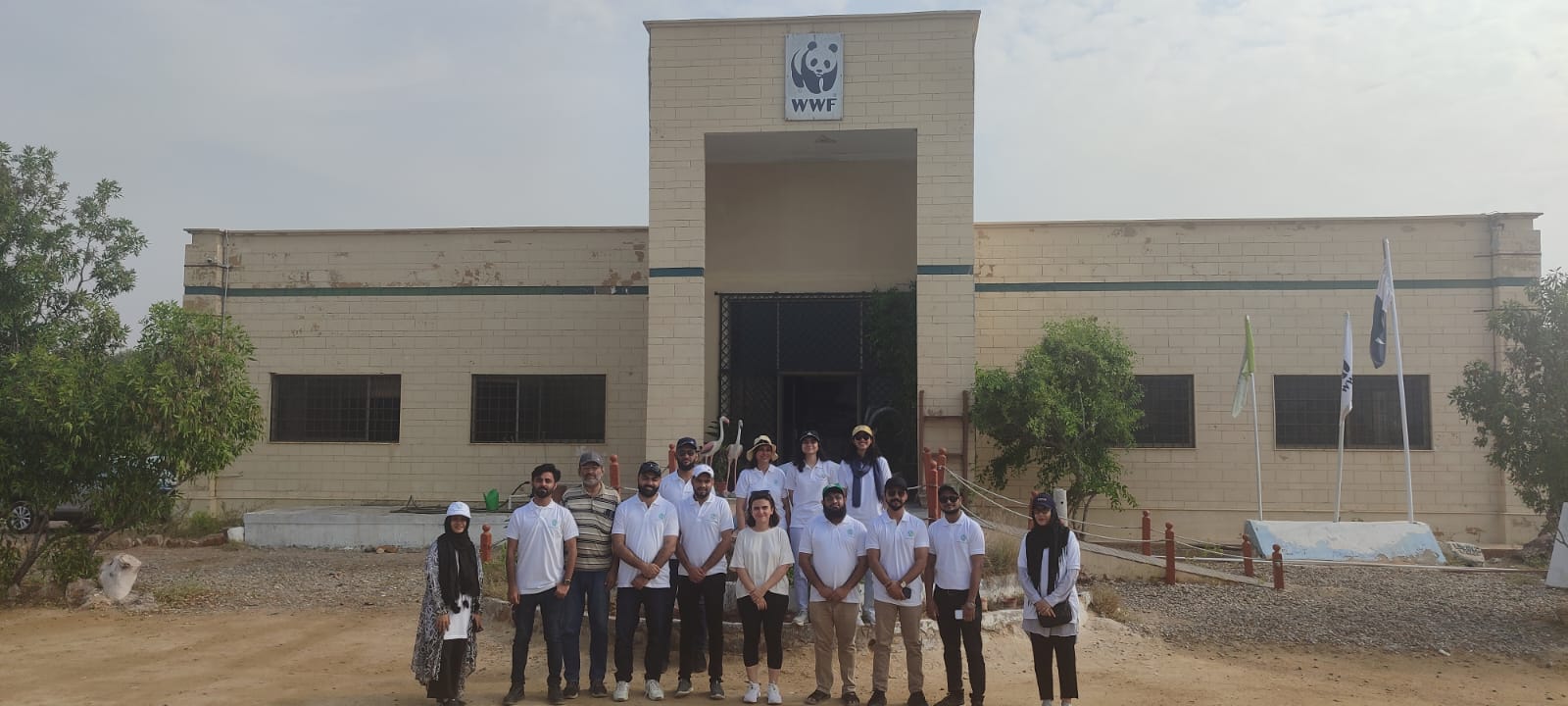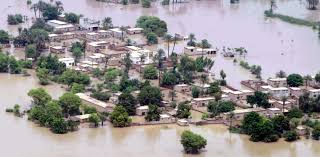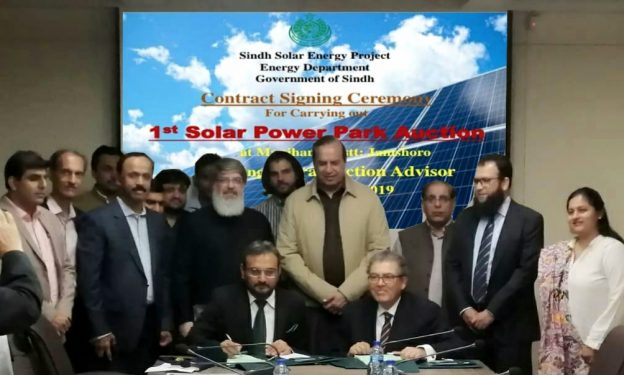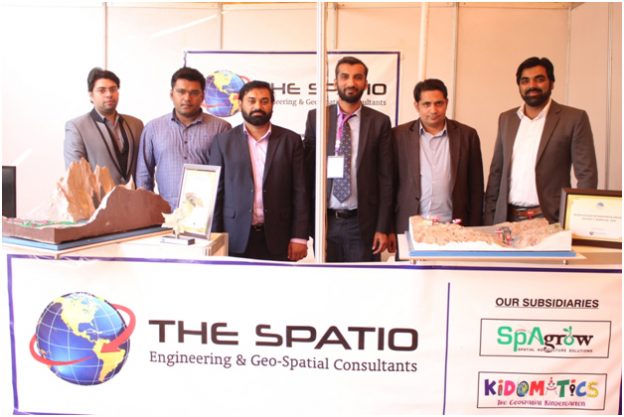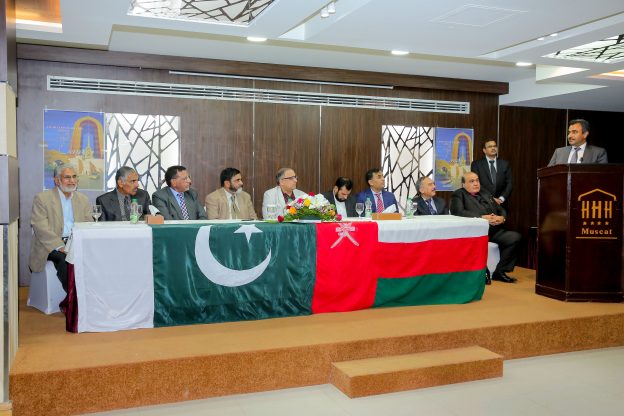NESPAK has successfully completed 40 years of its operations in Oman. Since its establishment in 1979, NESPAK has contributed to 60 to 70 percent road infrastructure development of Oman and earned hefty foreign exchange for the country. In order to celebrate this momentous occasion, NESPAK arranged a ceremony at the Regional Office Oman and invited the Pakistani business community in Oman. Dr. Tahir Masood, Managing Director, NESPAK, was the chief guest, who gave away letters of appreciation to NESPAK personnel who demonstrated exceptional performance. Noted journalist Mr. Rauf Klasra also attended the ceremony at the invitation of Mr. Khadim Hussain Jhakar, Regional Manager (RM) Oman. Engr. Zahoor Ahmed Minhas, the Former Vice President/Founder of NESPAK in Oman, also participated in the celebration.
During his stay in Oman, the Managing Director NESPAK along with RM Oman also attended several meetings with different Ministries of Oman and other Departments. They attended meetings with the top-ranking officials of Muscat Municipality, Dewan of Royal Court, Oman, Ministry of Regional Municipality and Water Resources (MRMWR), Chief Executive Officer – CEO, Special Economic Zone Authority Duqm (SEZAD), Project Manager Public Authority for Water, Sultanate of Oman and Pakistan Embassy in Oman.
During these meetings, MD NESPAK gave presentations about NESPAK, its role in engineering consultancy and its achievements in Oman. During the presentations, NESPAK highlighted its services which are being provided in Pakistan regarding highways, motorways, bridges, metro bus system, Orange Line Metro Train System, Dams, Public Health Engineering, hydropower projects, China Pakistan Economic Corridor (CPEC) projects (motorways, power plants etc.). NESPAK highlighted that they have established overseas offices and are providing consultancy services in other counties like the Kingdom of Saudi Arabia, Qatar, Nigeria, Afghanistan etc.
In Oman, NESPAK has so far undertaken 191 projects costing US$ 9 billion. Major road projects include Khasab Coastal Road, Batinah Coastal Road, Muscat to Khatmat Mallah Road (Dubai border), Sohar baraimi road, ZarubBaraimi road, Sohar Interchange, Sohar – Yanka road. Rustaq – Miskin road, Malladah – Hazm road, Nizwa–Thumrait road, Thumrait- Salalah road, Dyka dam, darbat dam, Ghulaji dam, Nakhal water supply projects, Musannah sewerage project etc. The higher officials of Oman Ministries highly appreciated NESPAK’s services regarding consultancy services for projects. After such an inspiring presentation, NESPAK hopes to win a tender namely “Al Hamra dam project” (which is under evaluation).
In the Sultanate of Oman, NESPAK started its operations in the year 1979 and has been providing consultancy services to various Government Ministries and Departments for the last 40 years. The major fields of operations have been major Roads, Highways, Water Supply/Sewerage Schemes and Dams. From a modest beginning in the 1980’s to mega projects in the year 2000 in the Sultanate, NESPAK has emerged as an efficient and dependable partner to the government of Oman in the development of infrastructure facilities. Through consistent and tireless efforts of its employees, NESPAK has carved a niche for itself and today proudly stands as one of the leading consultancy firms in the Sultanate of Oman
